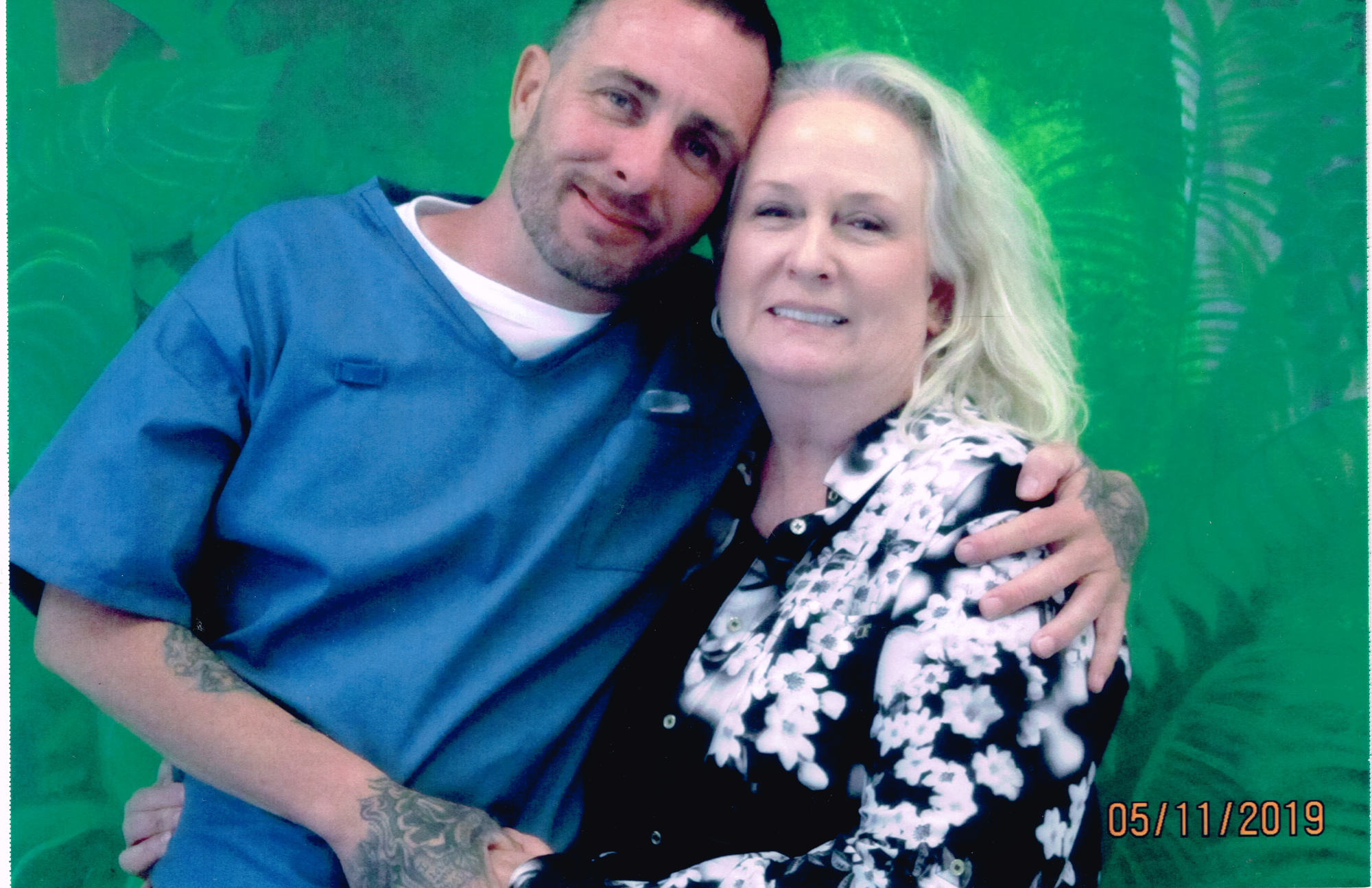This post was originally published in Orlando Sentinel.
My son is serving a life sentence in a Florida prison for committing armed robbery. He had been in prison before but was never offered any services or treatment for his drug addiction and committed another crime within three years of being released. For that reason, his life sentence was mandatory under the Prison Releasee Reoffender (PRR) statute.
Nobody was injured during the crime, and local law enforcement dubbed him the “gentleman robber” because he said “please” and “thank you” and gave his victim’s wallet back. He has already served 22 years, and unless we retroactively change the PRR laws, he will spend the rest of his life in a Florida prison.
My son needed treatment for substance abuse and deserved to receive a punishment that was proportional to the crime he committed. What he got instead was zero counseling or substance abuse treatment and a “natural life sentence” - meaning there is no possibility that he will ever leave prison.
That is unless the Florida Legislature and the governor adopt substantial criminal justice reforms and apply those reforms retroactively to people currently incarcerated. During the 2019 legislative session, the governor voiced opposition to the Senate’s criminal justice reform package that would have freed 9,000 non-violent offenders from prison over five years by allowing non-violent offenders to accrue use all of the time off that most inmates are already earning through good behavior and self-improvement activities, but not allowed to ever use.
I am terrified that Florida’s legislators will continue to bicker about how many pills it should take to qualify for a 3-year mandatory sentence or whether someone who steals $750 should serve up to five years in prison or only one year in jail. And, as long as the “reform” conversation in the Capitol is centered exclusively around non-violent offenders and passing small tweaks to existing laws, my son and thousands of other sons and daughters who could safely leave prison will continue to be locked up.
I have had conversations with conservatives who believe my son should have a path to release from prison because his incarceration has already cost taxpayers over $400,000, and if he lives to be in his 70s, he will cost taxpayers another $600,000 or $700,000. I have talked with progressives who believe my son should be released because the punishment just doesn't fit the crime or because they know we will never put an end to private prisons while our public prisons are over-capacity.
Regardless of the reason, I have yet to find someone who believes (or at least who would tell me) that my son should serve a life sentence for a drug-fueled robbery in 1997 that left no one injured. I am able to hold on to a sliver of hope that my son will one day rejoin his family in my house because I believe that one day Florida will have a governor and a majority of legislators who believe in second chances and proportional punishments. And, I pray that they will have the courage to act on these beliefs.
I will spend the next six months talking to legislators about my son’s story, and in January I will do everything I can to get the Legislature to advance bills that actually get people out of prison — not just non-violent offenders but people like my son as well.
Audrey Hudgins is the Founder of Operation Overtime and an advocate and mother of a son who is directly impacted by the justice system.
Date
Tuesday, July 30, 2019 - 3:00pmFeatured image




